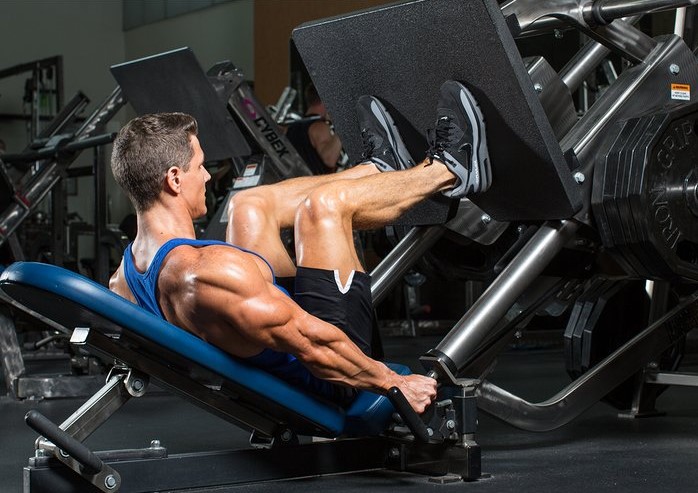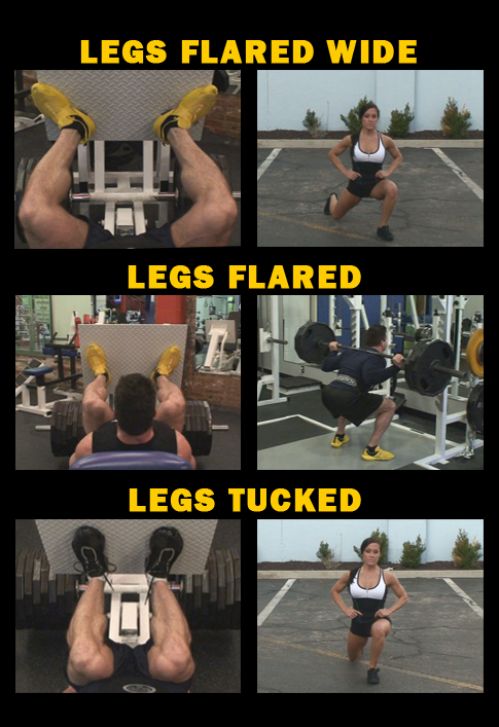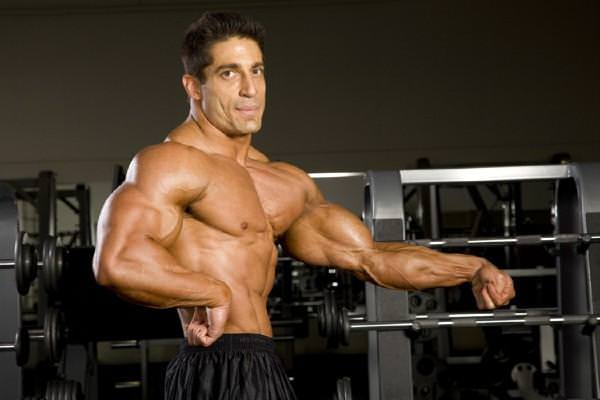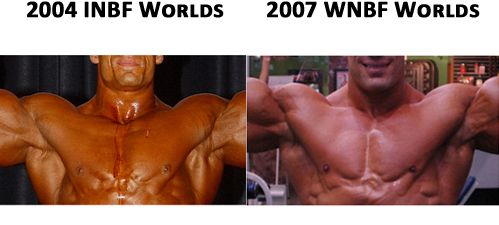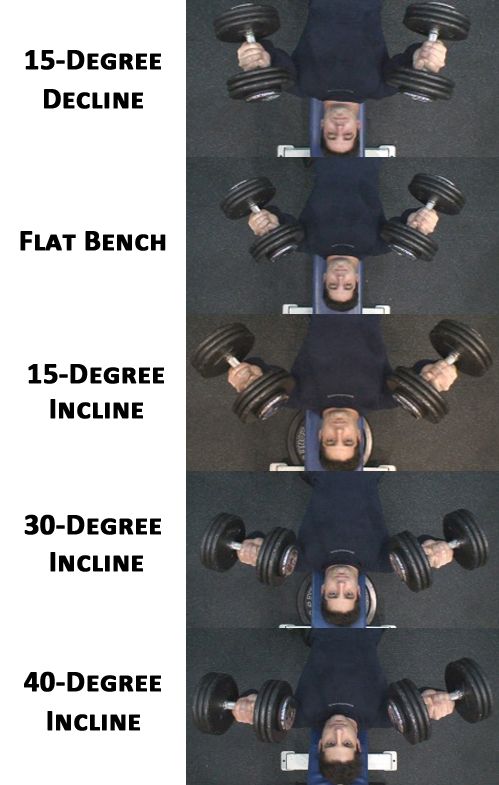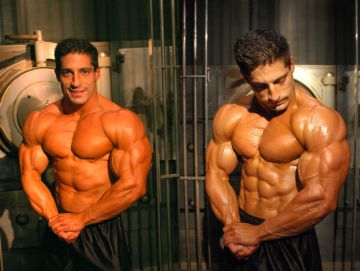Reviving The Deadlift
Reviving The Deadlift – Throughout my career as a bodybuilder, people have been quite intrigued with my back development. This became apparent to me the day I stepped on stage as an amateur bodybuilder in the INBF. I remember a particular occasion backstage at the 2004 INBF NaturalMania where a few athletes anxiously hit me up with rapid-fire questions as to how I built it.
I will never forget the looks on their faces, as they practically went into a state of shock when I told them that I did not incorporate deadlifts into my routine, nor had I ever at any point throughout my training endeavors. These guys must have been master salesman because they opened my mind to consider that the addition of this exercise would advance the overall thickness of my back beyond belief. So, from that point on, for about one year, I made the standard deadlift a staple in my back routine. And let me tell you, even with sound form, I was hammering away with nearly 500lbs! judi online
The overwhelming excitement of believing that my back would grow to sickly proportions caused me to pay very close attention to my progress. However, a dark cloud would soon smother my optimism, as deadlifts did nothing more than enhance the development of my erectors, but at the expensive of a noticeably wider waist. And my lats and traps? …they didn’t progress even close to their prior pace! judi bola
Worst of all, I acquired one of only two major injuries throughout my bodybuilding career during a set of standard deadlifts – and it was a devastating one! I ruptured a disc in the lumbar region so badly that it damaged nerves and caused my right leg to shrivel to the size of a marathon runner. After a lengthy rehabilitation process, I was fortunate to make a sufficient recovery and continue on my quest to make a mark in the bodybuilding world. https://americandreamdrivein.com/
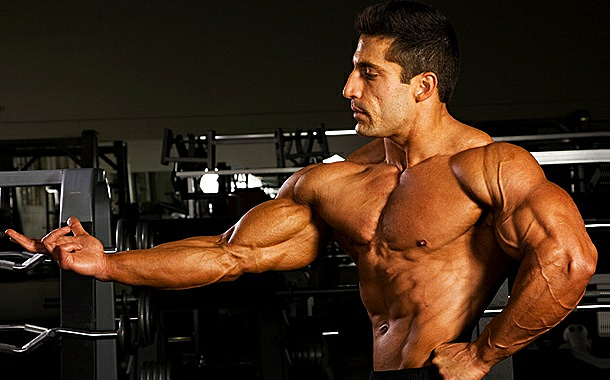
The whole experience moved me to delve into the reasoning behind the efficacy of the deadlift. It seems that the movement can either make or break you in your quest to build a world class physique, with this being determined based on the underlying purpose for utilizing it.
Generally, I find that the standard deadlift is a sound exercise for the spinal erectors, glutes, and hamstrings. And although it contradicts the vast majority of mainstream training literature, you would do yourself a great deal of justice to stop viewing the deadlift as an overall back developer, particularly at the advanced level of bodybuilding!
During the beginning and early intermediate phases of resistance training, the standard deadlift can be effective as a basic compound movement. The inclusion of multiple muscle groups will allow one to use a great deal of weight and add a base of muscle across the back region, improve neurological networks to increase muscular coordination, and aid in establishing a sound “mind-muscle connection.”
Like the squat, the deadlift will create a synergistic total body strengthening effect that will allow you to rapidly excel in virtually every other movement if you are in this phase. The primary reason that it can no longer be used for this as you approach the advanced level is because progression toward region-specific movements will have led to maxing out the strength of every muscle in the body.
Correspondingly, the upper back muscles can lift substantially more weight than those in the lower back. This is relevant in that the vast majority of stress throughout the movement is focused on the lower back, which is basically a weak hinge amidst incredibly powerful glutes, quads, hamstrings, lats and traps, thereby limiting the poundage lifted to the capacity of this region and making it very susceptible to injury.
The deadlift is somewhat analogous to a power-clean in that you are working many muscles at one time. At the advanced level of bodybuilding, you can no longer rely on power cleans to maximize the development of the shoulders, quads, back, triceps, etc. Instead, this exercise must evolve into many different workouts and movements so that you can thoroughly target and stimulate each muscle group with sound principles, such as constant tension.
This is why the bodybuilding world commonly recommends compound movements that are more region-specific, such as the barbell row, for the purpose of maintaining tension on an isolated area of muscle fiber. On a smaller scale, this same rationale applies to the standard deadlift, as you can no longer rely on a single exercise to thoroughly fatigue the entire back…and that, my friends, is highly understated!
Have you ever reflected upon the parts of your body that get pumped when performing standard deadlifts? If so, you will note that your lower back and glutes are pumped far beyond your lats and traps. Actually, I find very few that get any sort of pump at all in these muscles, especially the lats. Now, if you use the localized pump and soreness to help gauge the degree of stimulation produced by every other exercise, why would you not do the same to assess the effectiveness of the standard deadlift as an overall back developer?
Okay, I’ll admit it. The bodybuilding world is full of speculation and you can’t believe everything you hear. So, let’s put all speculation aside for a moment and consider the practical science behind the movement. If you have a basic understanding of muscular stimulation with respect to the line of pull and analyze the standard deadlift along these lines, you will note that fiber recruitment makes dramatic shifts to different parts of the back throughout the range-of-motion (ROM). The initial portion is similar to that of a T-Bar row and so you will feel the lats contract. As you gradually extend the body, the emphasis transfers to the mid to upper trap region, and upon approaching the upright position, the stress is placed entirely onto the upper traps. And all throughout the entire movement, you violate the constant tension principle…
The lats function and develop by pulling and adducting the upper arms from the upright position in toward the body, and they must be pounded throughout their full ROM. A simple shrug-like contraction at the bottom of a deadlift will not suffice – not even close! Likewise, what do you think is better for your mid to upper trap region, subjecting them to resistance in near-isometric fashion for a second or shrugging and retracting the shoulders through a respectable ROM for a minute or more while maintaining constant tension? Are these not the same rules that you adhere to when working to maximize hypertrophy of every other muscle?
Simply put, the glutes, quads, and hamstrings play a large part in the usage of so much weight during the standard textbook deadlift. The synergy produced by this would be of great benefit if the lats and traps worked through a sufficient ROM for it to be effective, but they don’t. In fact, if you think about it, the only muscles in your upper body going through a full ROM, or any respectable degree of motion for that matter, are the erector muscles! The bottom line is that the deadlift cannot tax the lats and traps nearly as well as a pull-up, barbell row, and shrug combo!
I am not trying to kill the deadlift as a key movement– far from it! You simply need to observe my routine to find that I deadlift on a regular basis. My intent is to broaden your mind with respect to its implication and help you establish order when using it relative to your goals. Reaping the full benefits of the movement will demand that you view the exercise in a different light if you desire to maximize your potential at the advanced level of muscular development.
The message here is twofold. First, the idea of it being an overall back developer, and especially as one of the premier movements for the lats, should be tossed out the window, and especially if you are an advanced level physique athlete. Second, you will find it expedient to view the standard textbook deadlift variation as a prototype of sorts. This does mean that the standard variation will rarely, if ever, find a place in your regimen, as there are ways to modify and improve its effectiveness relative to maximizing stimulation of the target muscle. For example, sumo style or partial deadlifts, variations that considerably reduce lower back involvement and allow for the usage of significantly more weight, are much more effective to experience mid-upper trap development and increase the overall strength of the body. Because this article is devoted to back development, I will simply state that every other version should be geared around the glutes, hamstrings, and spinal erectors, adapting your form to put any one of these muscles through a greater ROM.
If you are as cautious as I am with regard to muscular development, chances are that you won’t trash the standard deadlift as a result of the reasoning provided in this article, with this becoming even more difficult if you have a big back and perform them on a regular basis. This is very understandable, but such caution should also arouse you to probe more deeply into the matter. Once you do, you too will find the standard deadlift to be both dangerous and pointless for upper back development at the advanced level, especially given the countless other tools at your disposal. You might also find that the bulk of your back development has come about as the result of pulling, shrugging, and retraction style movements, with the key to accelerating your progress being to rely on these movements, while leaving the standard deadlift to RIP!
…
Continue reading
